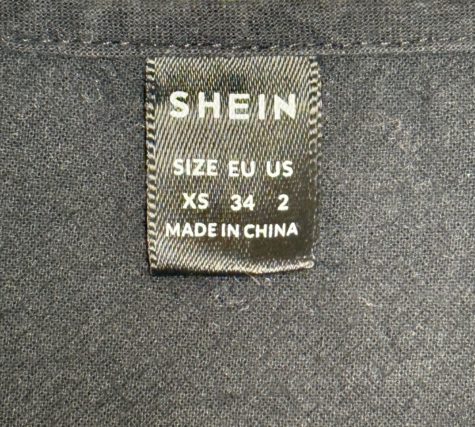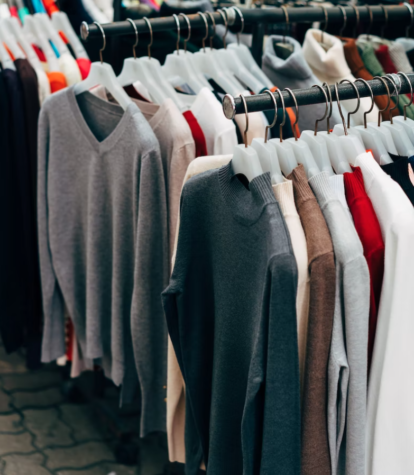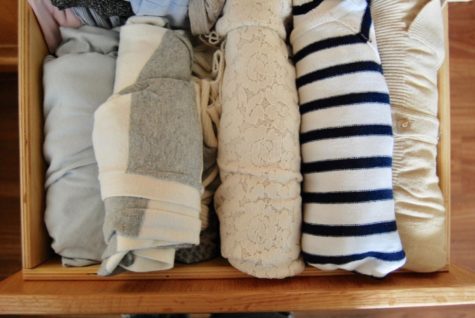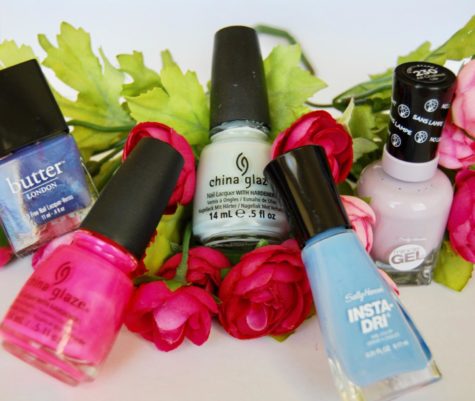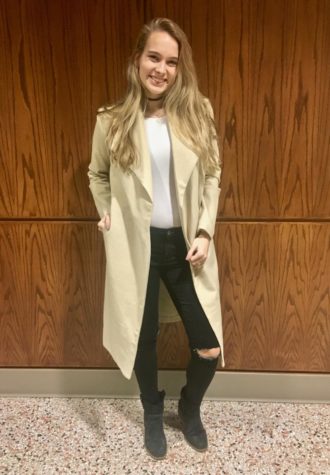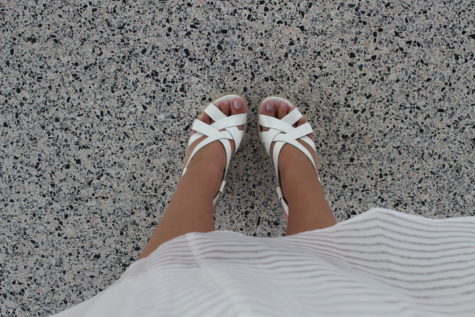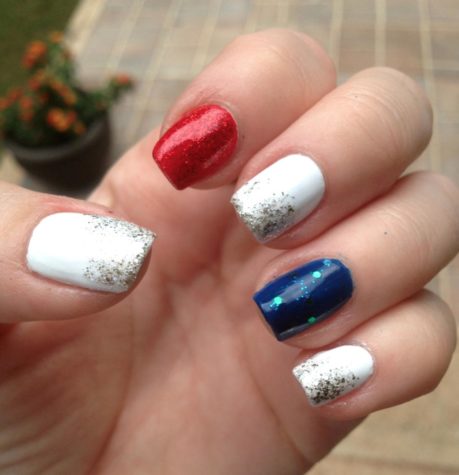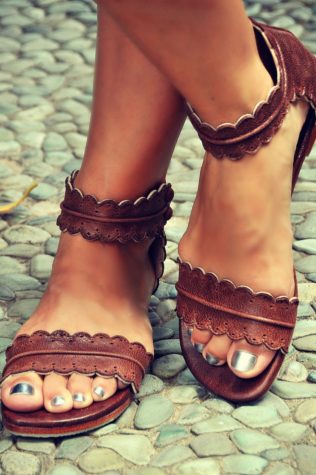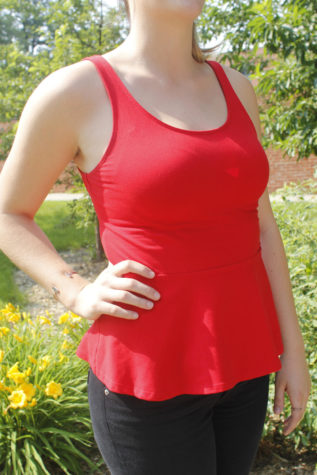Fashion’s history with body-altering garments
April 14, 2015
While many trends in today’s fashion have induced eyebrow raises, garments and trends of fashion history prove to be outrageous also. Sacrificing comfort with body-altering garments was a common trend in the past. Panniers, ruffs and corsets are among these garments.
Corsets have been around for hundreds of years. They were made to constrict the torso. With reinforced stiffeners, corsets fit so snug that the body became molded into the desired shape.
Throughout the years, advancements have been made to the corset that led to health concerns. Corsets hinder movement and ultimately can prevent muscle development and vigorous exercise. Additionally, illnesses like liver disease and tuberculosis were often attributed to the extremity of the corset.
Today, waist training techniques that are commonly used by celebrities like the Kardashians, have replaced the harmful corset with a healthier version.
Pannier is the French word for basket. During the 1700s, panniers were introduced as a skirt attachment. Made with whale bones and osier rods, panniers could create a width up to 15 feet.
This style led to an uncomfortable fit through a door and the impossibility of sitting.
Similarly, crinoline cages created the gargantuan skirt effect. The cages were made of whale bone or thin steel and used to extend the skirt fabric. The crinoline cages forced women to sit in a chair without arms, as they would crush the cage.
Men and women both sported ruff collars for centuries. The ruff was a collar that raised up beside the head and surrounded the face like a frame. They were generally made of linen and were starched and pleated. A large ruff could use up to 10 yards of fabric. The bigger the ruff, the more difficult eating became.
Along with ruffs, men had other body altering tricks. During the second half of the 18th century, men found an alternative to calf raises. Those who lacked muscular legs began padding their socks to create the illusion of larger muscles. Knee high socks were worn and then stuffed with materials like fabric or cotton.
In the 1300s, men’s shoes began to have pointed toes. These pointed shoes were known as poulaines or crackowes. As they gained popularity, the length of the point increased. Eventually, laws were enacted to regulate the point. The poulaines were even seen with an 18-inch extension past the toe, making it nearly impossible to walk.
Similarly, the popular foot binding of the past made walking difficult. Foot binding originated in China but eventually spread to other areas of Asia. It involved applying painfully tight binding to young girls’ feet to prevent further growth.
Bounding often led to flesh rotting and infection. Because it was hard to walk with bound feet, hip fractures were commonly seen due to falling.
While not nearly as extreme, Spanx and padded bras are the more contemporary body altering trickeries.
Whether it be panniers or padded bras, body-altering garments are seen in both fashion’s past and present in various forms.






